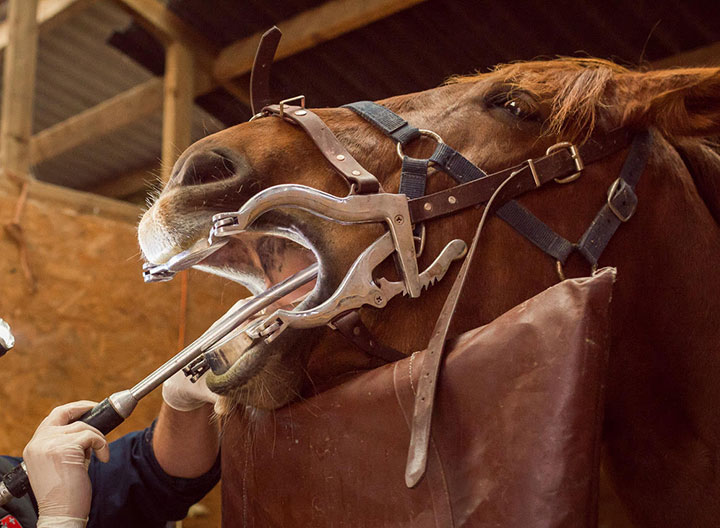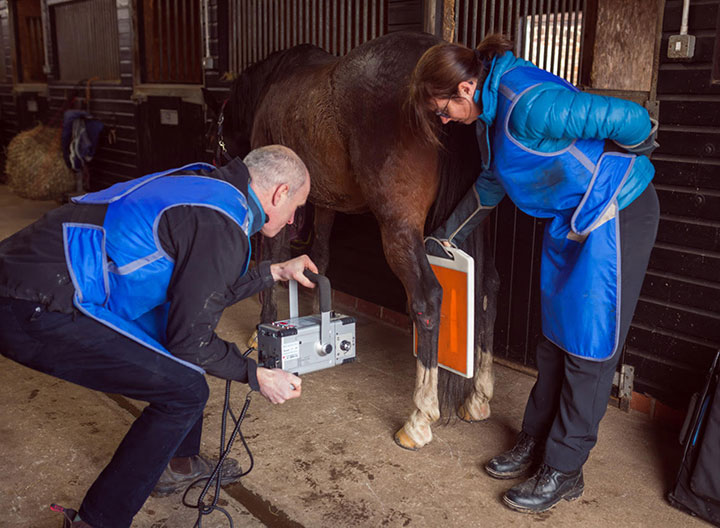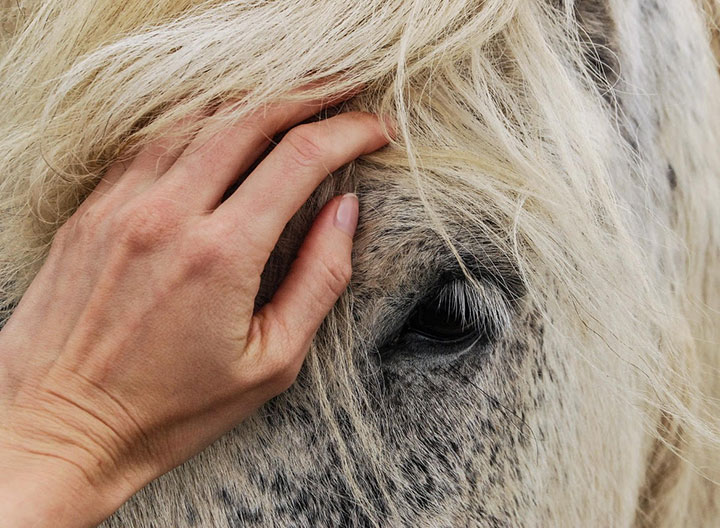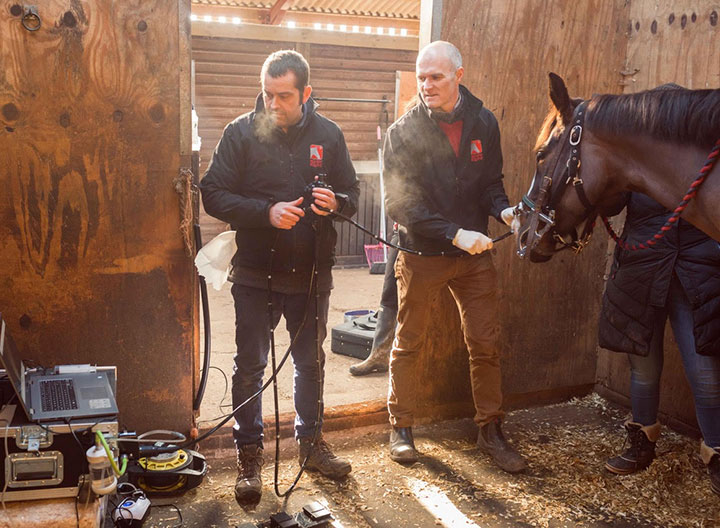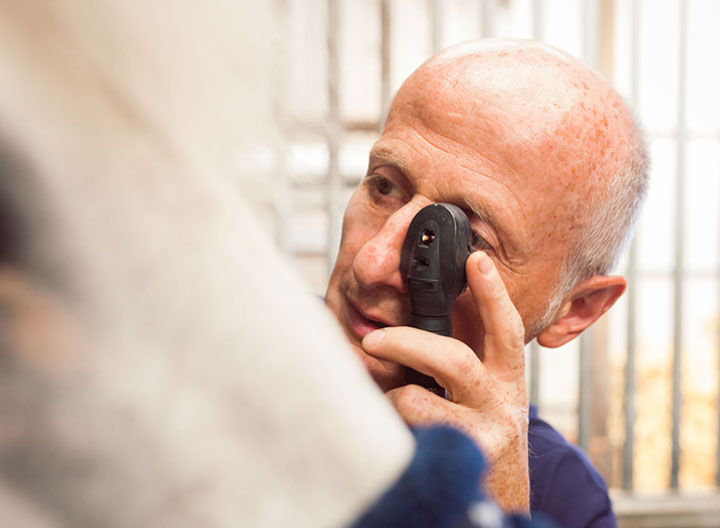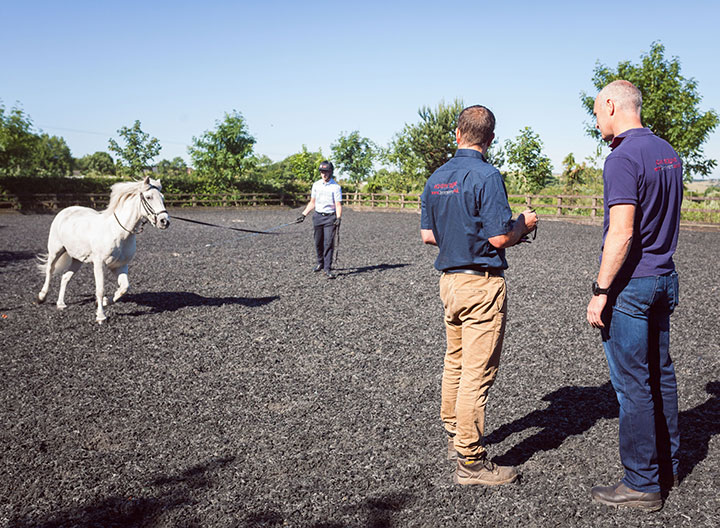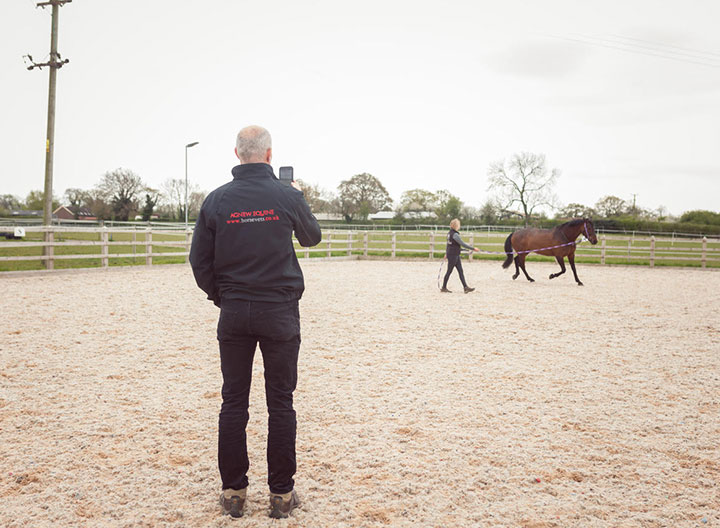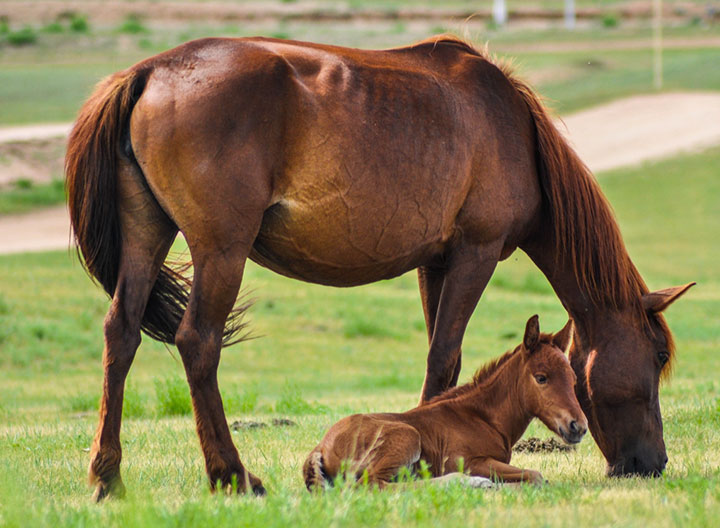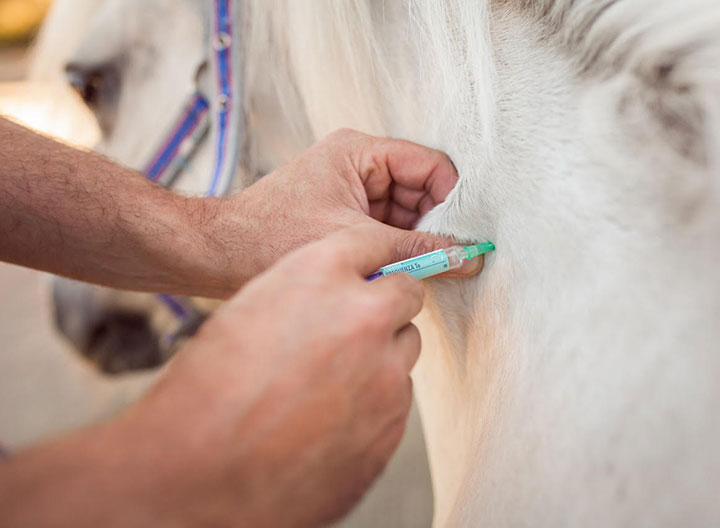Horse Insurance FAQ's
What Are The Benefits Of Horse Insurance?
By taking out a veterinary insurance policy you are removing an element of the financial burden of costs incurred during the treatment of your horse. You, the owner, will pay the excess and the insurance company will pay the remainder of the bill up to the limit of the policy. The ‘limit’ varies between policies but it is important you know what it is.
Some policies also cover alternative treatments such as physiotherapy and remedial farriery.
Which Insurance Company Should I Choose?
There are lots of different insurance companies in the market place, offering a wide range of policies. We would recommend you get a number of quotes from different companies. As with lots of things to a certain extent you get what you pay for. If a quote looks too good to be true, it might be. Always read the small print when comparing quotes to check you are comparing like with like.
It is also sensible to speak to family and friends who have made claims to enquire what different companies are like to deal with, do they settle claims quickly etc. Unfortunately as vets we are not able/ allowed to recommend specific companies.
What Type Of Insurance Policy Do I Need?
Broadly speaking there are 3 main types of policy:
- Third Party Liability: This offers protection if your horse is involved in an incident and you are found legally responsible for an accident, injury or death to a third party or their property.
- Veterinary Fee Cover: If your horse becomes sick or injured the insurance company pays the veterinary costs up to the limit of the policy, with you the owner paying the excess. A policy providing £5000 of veterinary cover is sensible. It is important you check what the excess payment is and what veterinary limit your insurance policy provides. Some policies have a high excess and low veterinary limit!
- Permanent Loss of Use: This policy pays a proportion of the insured value of the horse in the event of the horse sustaining an injury or illness that permanently prevents the horse participating in its insured activity.
A Guide To Making An Insurance Claim
Many owners are confused by the insurance process and this guide is aimed at making the whole process easier to understand. The following steps should be helpful, but don’t forget we’re here to guide you through the process and help to make it as stress free as possible aided by our lovely Emily in the office who is just a phone call away:
Contact your insurance company to obtain a claim form and provide information regarding the claim. Once you know you need to make an insurance claim contact your insurance company as soon as possible. They will send you an insurance form and ask you questions about the claim recording your answers. Questions they might ask are a brief description of the problem and the start dates of the claim. You are not the vet so are not expected to provide a diagnosis for the problem a simple description such as lame left fore is sufficient. If in doubt as to what to say speak to the vet looking after your case. The start date of the claim is the date you first became aware of the condition, not the date the vet first visited the horse. This is important as most equine policies currently run for 12 months and the ‘clock starts ticking’ when you first noted the problem not when vets first attended.
Complete your claim form in full, sign it and send your completed section with the veterinary section to the practice for the attending vet to complete. NFU now use a paperless system and will take all the client information from you over the phone and email the veterinary section direct to the practice. Other companies will either post you an insurance form or you can download one form their website. You will be copied into any correspondence the practice has with your insurance company.
Pay your insurance excess to the practice. The amount depends on the policy you have. You can pay by telephone using a credit card or why not visit our website and pay online by Worldpay using ‘excess’ as your cart number.
Additional information. Insurance companies will sometimes ask for additional information such as vaccination records and history from previous vets. To allow the claim to proceed quickly it is important any information requested by the insurance company is provided in a timely manner.
Being familiar with the terms and conditions of your policy is sensible to ensure you do not jeopardise your claim.
IMPORTANT: Whilst we make every effort to support your insurance claim, any costs incurred in the treatment of your horse are your financial responsibility regardless of any decisions made by the insurers.
Top Tips:
- You will have a waiting period from taking out your policy of approximately 14 days. During this time only claims for physical injuries caused by an accident will be considered.
- Loss of animal claims. In the sad event of the death of your horse it is likely the insurance company will require a post mortem examination. The cost of this is not usually covered under the insurance policy but the post mortem is required for the insurance company to process the claim.
- Some insurance companies require authorisation before referral/ surgery. In the event of an emergency if is useful to keep your insurance policy number and any relevant contact details stored on your mobile phone.
- Downloaded claim forms will not have your policy number of broker reference number entered automatically so please remember to enter the appropriate information.
- Send us a copy of your policy document, this allows us to see insurance limit and any exclusion applied to your policy.


